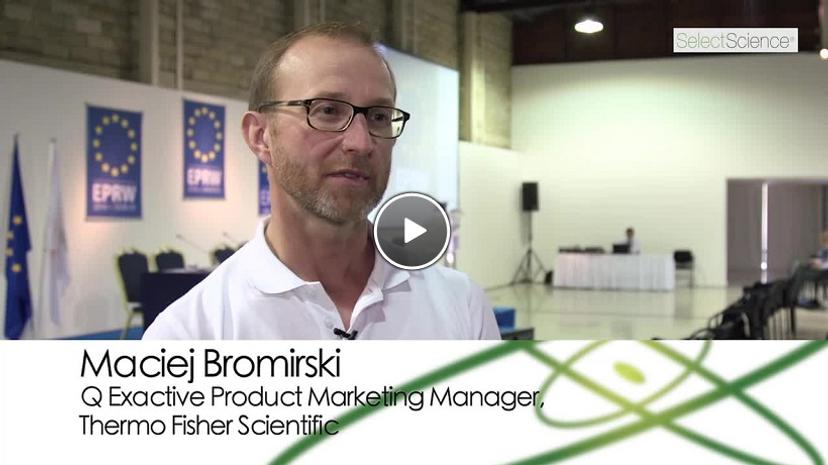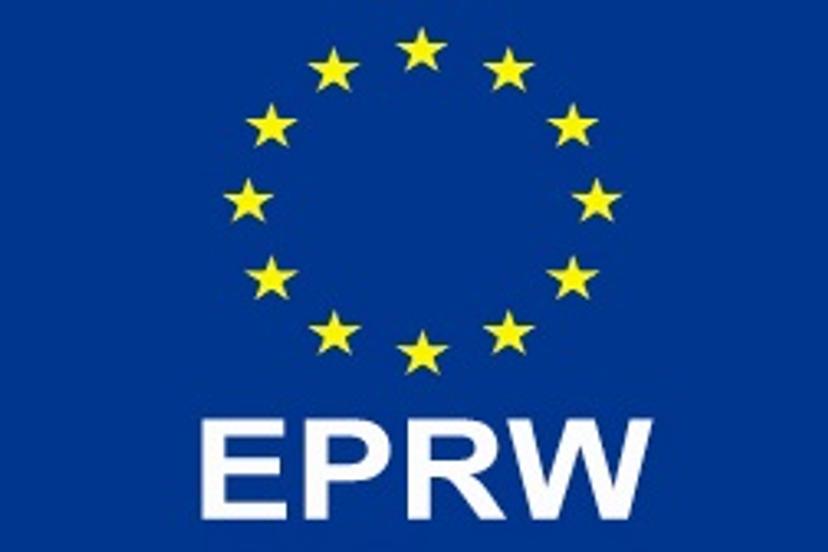Ensuring Selectivity and Robustness in Pesticide Residue Analysis
In an interview filmed at EPRW, Maciej Bromirski, Thermo Fisher Scientific, discusses the rise in uptake of Orbitrap technology
2 Dec 2016


The EPRW is the leading European meeting for the presentation of the latest concepts and developments, in the field of pesticide residue analysis of food and drink. It provides a platform for the exchange of information and experience in the field, and to bring together people from each of the relevant sectors.
In this interview, filmed during the European Pesticide Residue Workshop 2016 (EPRW), Maciej Bromirski, Q Exactive Product Marketing Manager at Thermo Fisher Scientific, discusses the rise in uptake of Orbitrap technology
To ensure safe and comprehensive pesticide residue analysis, Maciej explains that it is very important that scientists are able to detect different pesticides within different matrices. Effective analysis is important due to the widespread use of pesticides, but difficulties arise because these matrices can take many forms.
The Thermo Scientific™ Q Exactive™ Focus Hybrid Quadrupole-Orbitrap™ Mass Spectrometer uses unique technology that allows users to detect pesticides even in complex matrices, performing quantitation measurements in Full Scan, SIM and PRM modes. Maciej states that a key benefit of this technology is its “high linear dynamic range, good limit of detection and limit of quantitation”. The instrument has been built with stability and robustness in mind, capable of running for several days without the need for calibration and making it perfect for high throughput analysis.
Maciej explains that this technology is being employed by scientists around the world for a wide range of purposes, an example of which is pesticide residue analysis in food, at the European Reference Laboratory. With the increasing uptake of Q Exactive technology, and a number of publications scheduled for release in the near future, Maciej believes that more and more labs will take the opportunity to explore this technology further.
